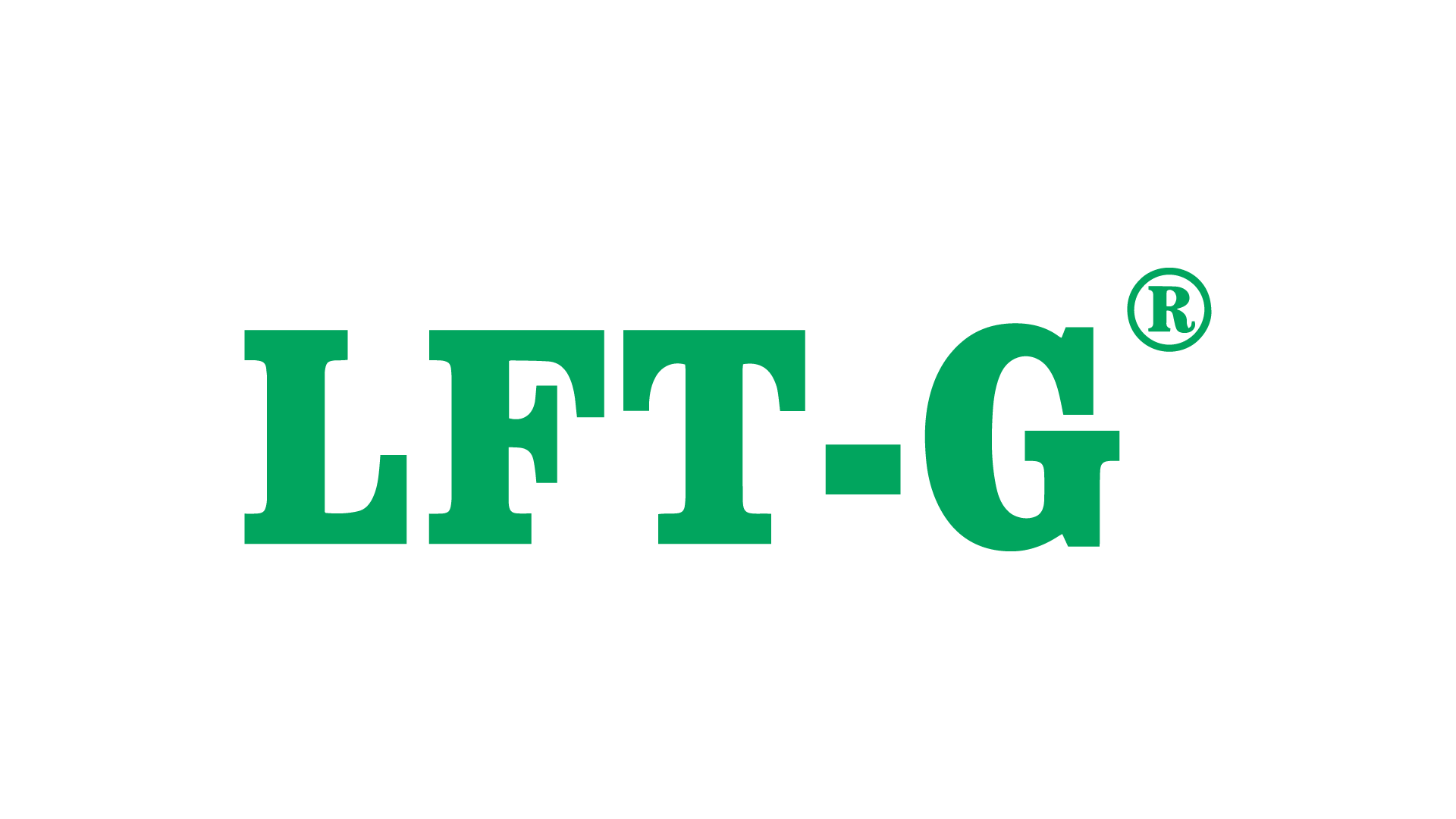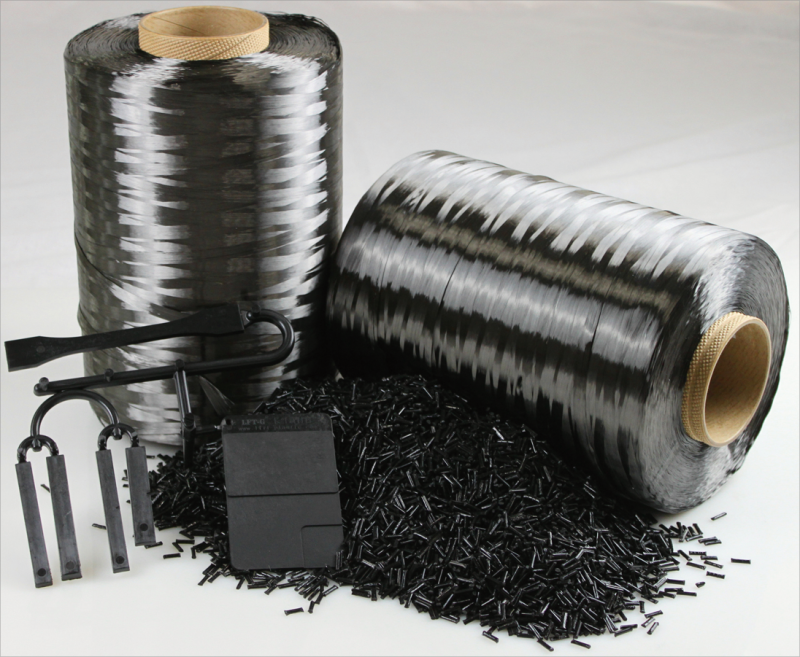Categories
new blog

1. Tensile strength
Tensile strength refers to the maximum stress that a material can withstand before stretching. Some non-brittle materials deform before they break, but Kevlar® fibers, carbon fibers, and glass fibers are brittle and break almost without deforming. Tensile strength is measured in force per unit area (Pa or Pascals).
Stress is force, and strain is deflection due to stress. The following shows the tensile strength comparison of three commonly used reinforcing fibers: carbon fiber, aramid fiber, glass fiber and epoxy resin. It is important to note that these figures are for comparison only and can vary by manufacturing process, aramid formulation, precursor fiber of carbon fiber, etc., in MPa.
Carbon fiber :4127
Glass fiber: 3450
Aramid fiber: 2757
2. Density and strength-to-weight ratio
When the density of the three materials is compared, significant differences between the three fibers can be seen. If you make 3 samples of exactly the same size and weight, it soon becomes apparent that Kevlar® fiber is much lighter, carbon fiber is a close second, and glass fiber is the heaviest.
Therefore, for the same weight of composite material, carbon fiber or Kevlar® can obtain higher strength. In other words, any structure made of carbon fiber or Kevlar® composite that requires a given strength will be smaller or thinner than a structure made of glass fiber.
After the sample is made and tested, it is found that the glass fiber composite weighs almost twice as much as the Kevlar® or carbon fiber laminate. This means that you can save a lot of weight by using Kevlar® or carbon fiber. This property is called strength-to-weight ratio.
3. Young's modulus
Young's modulus is a measure of the stiffness of an elastic material and is a way of describing the material. It is defined as the ratio of uniaxial (in one direction) stress to uniaxial strain (deformation in the same direction). Young's modulus = stress/strain, meaning that a material with a high Young's modulus is harder than a material with a low Young's modulus.
The stiffness of carbon fiber, Kevlar® and glass fiber varies greatly. The stiffness of carbon fiber is about twice that of aramid fiber, while the stiffness is five times higher than that of glass fiber. The downside to carbon fiber's excellent stiffness is that it tends to be more brittle. When it fails, it tends not to show much strain or deformation.
4. Flammability and thermal degradation
Both Kevlar® and carbon fiber are resistant to high temperatures, and neither has a melting point. Both materials have been used in protective clothing and fire-resistant fabrics. The glass fiber will eventually melt, but it is also highly resistant to high temperatures. Of course, frosted glass fiber used in buildings can also improve fire resistance.
Carbon fiber and Kevlar® are used to make protective firefighting or welding blankets or clothing. Kevlar gloves are commonly used in the meat industry to protect the hands when using knives. Since fibers are rarely used alone, the heat resistance of the substrate (usually epoxy) is also important. Epoxy resins soften rapidly when exposed to heat.
5. Electrical conductivity
Carbon fiber can conduct electricity, but Kevlar® and glass fiber do not. Kevlar® is used for cable pulling in power transmission towers. Although it does not conduct electricity, it can absorb water, and water can indeed conduct electricity. Therefore, in such applications, a waterproof coating must be applied to Kevlar.
Because carbon fiber can conduct electricity, galvanic corrosion becomes a problem when it comes into contact with other metal parts.
6. Uv degradation
Aramid fibers will degrade in sunlight and high UV environments. Carbon fiber or glass fiber is not very sensitive to ultraviolet radiation. However, some commonly used substrates such as epoxy resins remain in sunlight, it will turn white and lose strength, polyester and vinyl ester resins are more resistant to UV rays, but less resistant than epoxy resins.
7. Anti-fatigue
If the part is repeatedly bent and straightened, it will eventually fail due to fatigue. Compared to carbon fiber, which is somewhat sensitive to fatigue and tends to fail disastrously, Kevlar® is more resistant to fatigue. Fiberglass is somewhere in between.
8. Wear resistance
Kevlar® has strong wear resistance, which makes it difficult to cut. One of the common uses of Kevlar® is as a protective glove for use in areas where hands may be cut by glass or sharp blades used. Carbon fiber and glass fiber are less resistant.
9. Chemical resistance
Aramid fibers are sensitive to strong acids, strong bases, and certain oxidants (such as sodium hypochlorite), which can cause fiber degradation. Ordinary chlorine bleach (e.g. Clorox®) and hydrogen peroxide cannot be used with Kevlar®, oxygen bleach (e.g. Sodium perborate) can be used without damaging the aramidst fibers.
Carbon fiber is very stable and not sensitive to chemical degradation.
10. Matrix binding performance
In order for carbon fiber, Kevlar® and glass to perform at their best, they must be kept in place in the matrix (usually the resin). Therefore, the ability of the resin to bond with various fibers is crucial.
Carbon fiber and glass fiber can easily stick to the resin, but the strength of aramidon fiber plus resin is not as strong as desired, and this reduced adhesion allows water penetration to occur. As a result, aramid fibers tend to absorb water, which, coupled with the unsatisfactory adhesion to epoxy resins, means that if the surface of the kevlar® composite is damaged and water may enter, Kevlar® may absorb water along the fiber and weaken the composite.
11. Color and weave
The natural state of aramid is light gold, it can be colorful, and now there are many good shades. Fiberglass is also available in color. Carbon fiber is always black and can be blended with colored aramid, but it cannot be colored on its own.

(Carbon Fiber)

(Glass Fiber)
Tags :